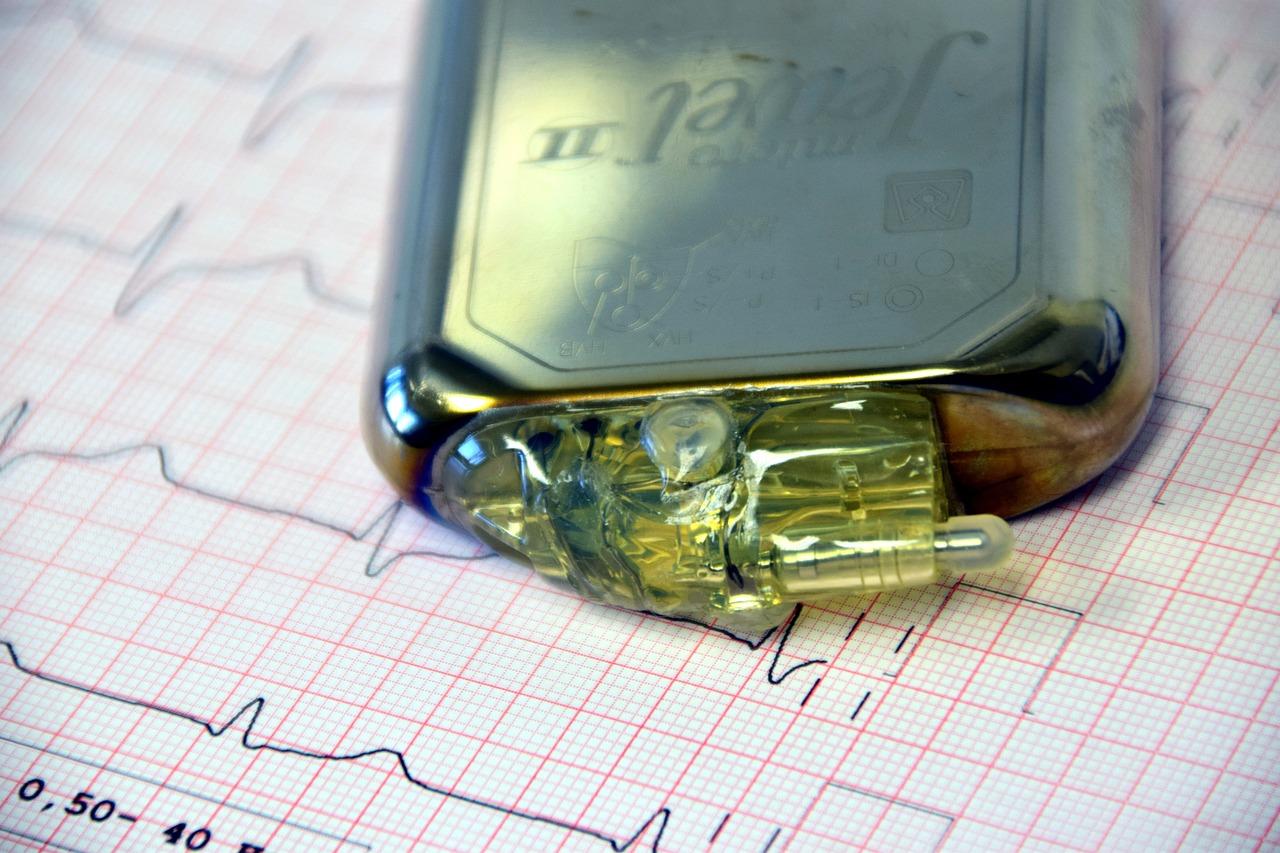Market summery -
The global pacemaker market size is expected grow a CAGR of 3.60% over the forecast period of 2023-2032, as per the latest study report by Market Research Future (MRFR). Pacemakers regularize heart rhythm by sending electric pulses to the heart and help in restoring cardiac activity. The surge in the prevalence of cardiac diseases has generated high demand for pacemakers which is driving the growth of the global pacemaker market. Atrial fibrillation, in particular, has witnessed a higher incidence rate in recent years which requires pacemakers for remediation. Increase in global geriatric population is also creating a conducive environment for the growth of the market. Atrial fibrillation and cardiac diseases are more prevalent in old patients. As per a 2018 study published in the Aging Medicine, there is 5 to 9% chance of occurrence of atrial fibrillation in patients between the age of 60-80 years and nearly 10% in patients aged over 80 years.
Technological advancements have resulted in the development of advanced pacemakers which are smaller in size and have longer battery life. Other factors aiding the growth of the market include an elevated level of awareness regarding cardiovascular diseases, improvement in reimbursement scenario, and high healthcare expenditure across the globe.
In recent years, various new pacemakers have received clearance from regulatory bodies which also has augmented the growth of the global pacemaker market. However, the approval and marketing if pacemakers are regulated by the US FDA which are stringent considering the degree of risk they pose to patients. Such stringent regulatory requirements might impede the growth of the market. High costs of pacemakers, risks involved in implantation procedures and risks of malfunctioning are other possible bottlenecks.
Competitive Landscape
ZOLL Medical Corporation, MEDICO S.p.A, Cordis, Inc., St. Jude Medical Inc., Biotronik GmbH & Co. KG, Boston Scientific Corporation, General Electric Company, Pacetronix, Medtronic Plc, Sorin Group, Edwards Lifesciences, Cook, and Vitatron are the key players in the global pacemaker market.
Segmentation
The global pacemaker market has been segmented based on product type, application, implant approach, and end-user.
By product type, the global pacemaker market has been segmented into implantable and external. The implantable segment has been further segmented into single chamber, dual chamber, and biventricular.
By application, the global pacemaker market has been segmented into bradycardia, heart failure, hypertrophic cardiomyopathy, syncope, and others. The bradycardia segment has been further segmented into sinus node dysfunction and AV block.
By implant approach, the global pacemaker market has been segmented into endocardial approach and epicardial approach.
By end-user, the global pacemaker market has been segmented into hospitals & clinics, ambulatory surgical centers, research & academic institutes, and others.
Regional Analysis
By region, the global pacemaker market has been segmented into the Americas, Asia Pacific (APAC), Europe, and the Middle East & Africa (MEA).
The Americas account for the largest share of the global pacemaker market. Presence of a robust healthcare sector and technological advancements accelerate the growth of the market. The FDA has also been approving various novel pacemakers in the region. Moreover, the presence of various medical device manufacturers and surging cases of cardiovascular disorders support market growth in the Americas.
Europe follows the Americas closely and ranks second in the global pacemaker market. Growing government support in the form of R&D grants and the growing presence of key players in the region drive the market in Europe. The growing incidence rate of cardiovascular diseases and high healthcare expenditure are other factors substantiating the growth of the market.
APAC pacemaker market is driven by the growing prevalence of atrial fibrillation in the region. In addition, the region has emerged as a medical tourism hub which is likely to propel the growth of the market. Increasing healthcare expenditure and the presence of a large pool of cardiac patients also will have a positive impact on market growth.
The MEA market is likely to exhibit sluggish growth due to lack of healthcare infrastructure, lack of technical knowledge and less awareness regarding cardiac medical conditions.
About US:
Market Research Future (MRFR), enable customers to unravel the complexity of various industries through Cooked Research Report (CRR), Half-Cooked Research Reports (HCRR), Raw Research Reports (3R), Continuous-Feed Research (CFR), and Market Research & Consulting Services.
Contact us:
Market Research Future (part of Wantstats Research and Media Private Limited),
99 Hudson Street,5Th Floor, New York,
New York 10013
United States of America

